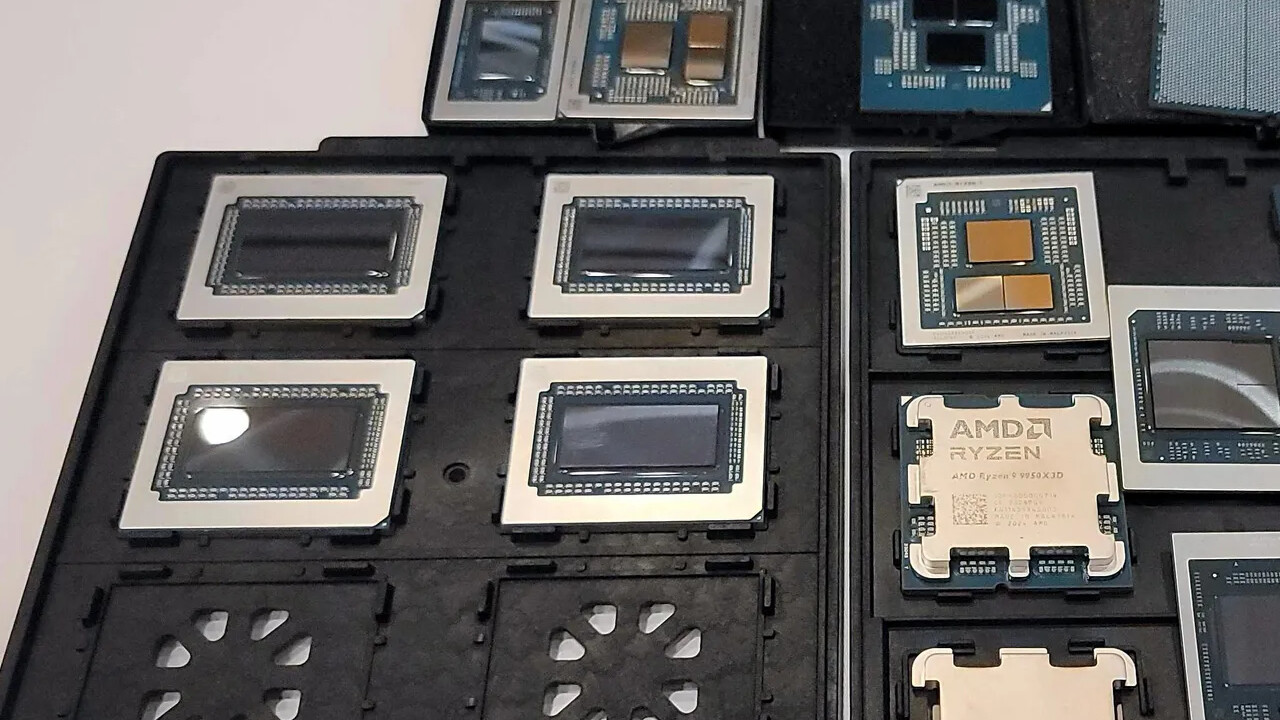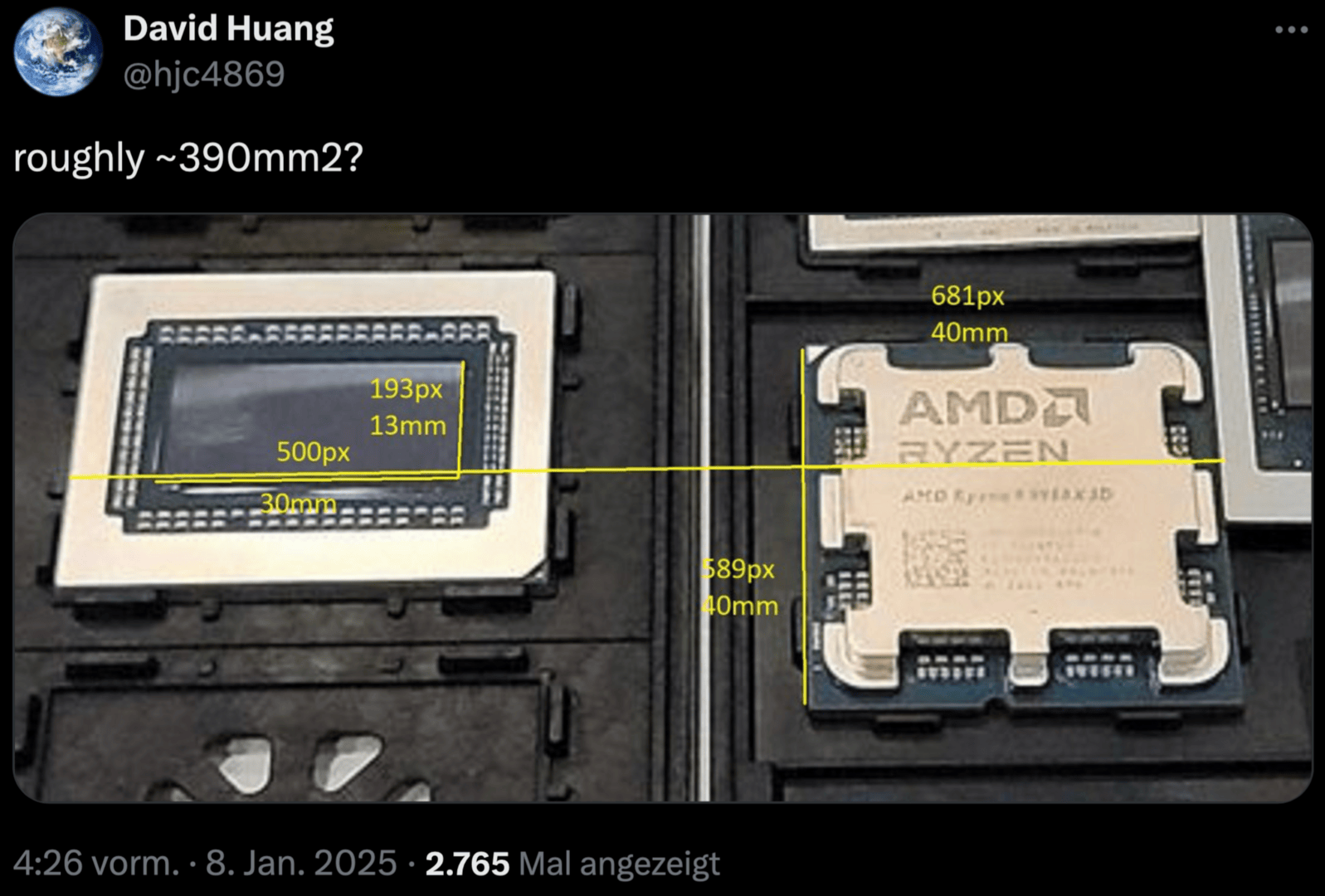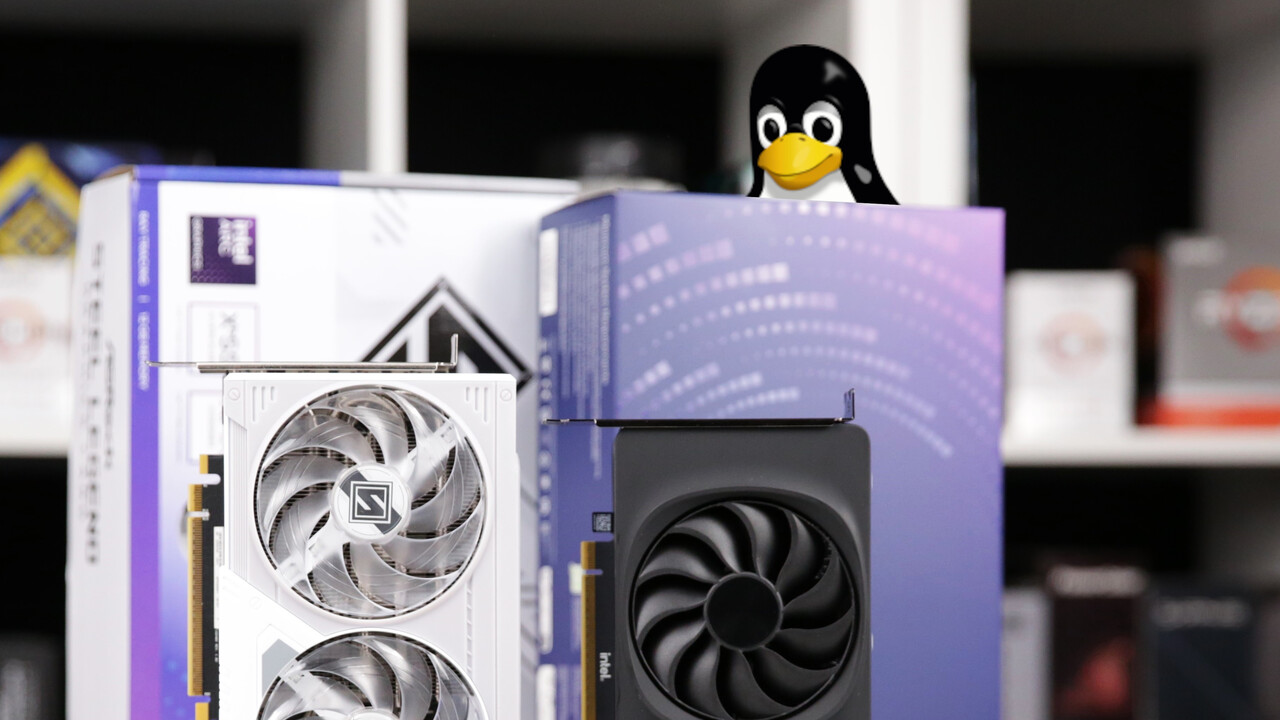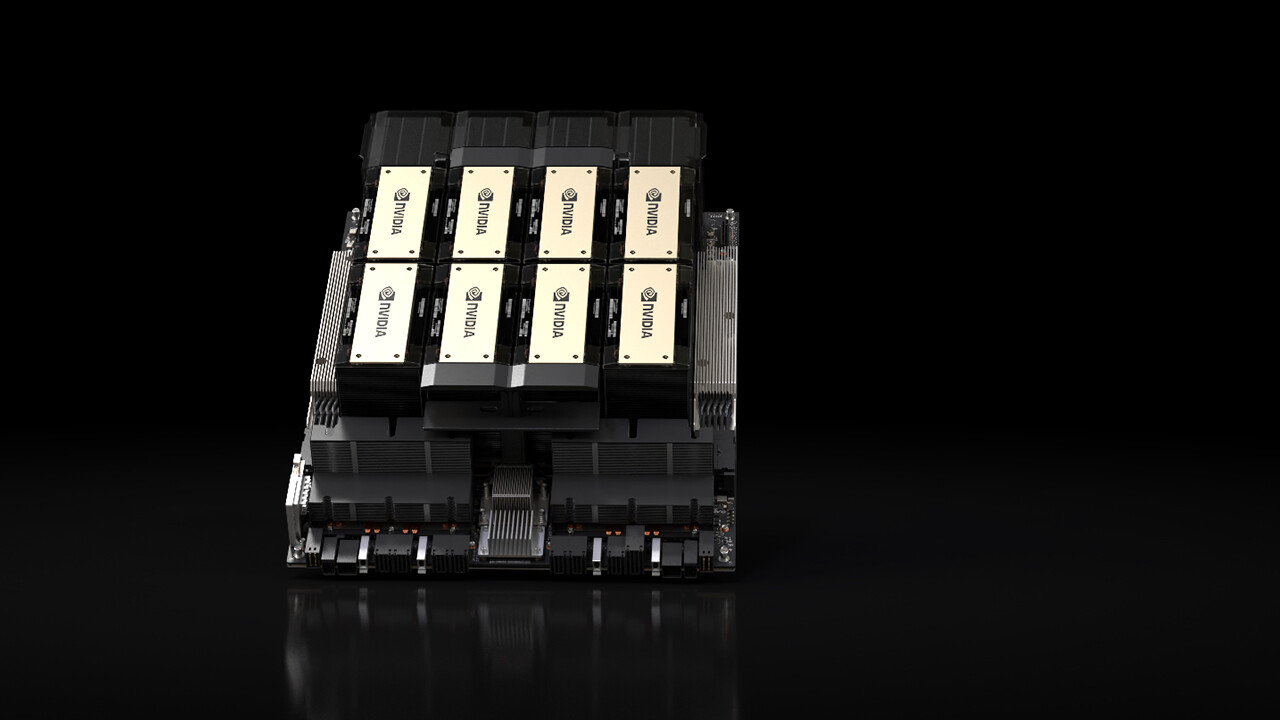AMD Radeon RX 9070 XT: Navi 48 GPU will likely be bigger than expected 40 comments

Image: Tom’s material
AMD only showed off the Radeon RX 9070 XT and Radeon RX 9070 at CES half-baked; many questions remain unanswered. There is now an indication of the size of the Navi 48 GPU, which will equip the two new Radeon graphics cards in two expansion stages.
A first look at the Navi 48
During the CES presentation, AMD extensively covered the trending topic of the moment with a strong emphasis on AI; the new RDNA 4 GPU architecture was only mentioned in passing. The Radeon RX 9000 information shared with the press ahead of the show was a bit more detailed, but a full presentation of the two new Radeon RX 9070 XT and RX 9070 gaming graphics cards is still pending. Meanwhile, Tom’s Hardware has published a first photo of the Navi 48 GPU, which would be installed on the two new Radeon graphics cards.
X user David Huang used the recording to make a first projection of the size of the rectangular Navi 48 chip based on the Ryzen 9000 processor with known dimensions placed next to the GPU case. With dimensions of approximately 30 × 13 mm, this gives a surface area of approximately 390 mm² for the GPU chip manufactured by TSMC using the N4 process.
 Navi 48 GPU size extrapolation (Image: David Huang via X)
Navi 48 GPU size extrapolation (Image: David Huang via X)
If this calculation works, Navi 48 would be larger than long expected and even slightly larger than Nvidia‘s AD103 GPU, used in the GeForce RTX 4080 (Super) and GeForce RTX 4070 Ti Super. The mid-range RDNA 3’s Navi 32 modular GPU would also be a bit smaller. The Radeon RX 7900 XT(X) Navi 31, like the GeForce RTX 5090’s AD102 and GB202, would be larger.
Selected GPU Chips in GPU Size Comparison GB202 AD102 Navi 31 Navi 48 AD103 Navi 32 AD104 Chip Size 744 mm²* 609 mm² ~ 525 mm² ~ 390 mm²* 379 mm² ~ 350 mm² 295 mm² *not officially confirmed
When moving to a slightly smaller structure size – the large RDNA-3 chips were still manufactured using the N5 (GPC) and N6 (MCD) processes – and from a modular to a monolithic design, a smaller chip was actually expected, especially since Navi 48, with 64 computing units in full expansion, is barely wider than Navi 32 with a maximum of 60 CUs. The memory interface also remains the same size at 256 bits.
Plenty of room for more ray tracing, AI and clock?
If the assumed 390 mm² and 64 CU are realistic, the expanded ray tracing accelerators and the best AI capabilities, which are used among other things for FSR 4, obviously require more space than before. AMD has already confirmed that it has “significantly” rebuilt the compute units with RDNA 4 so that it can increase IPC and clock speeds compared to RDNA 3. This also obviously requires a larger chip.
The size of the chip does not allow conclusions to be drawn about performance. Comparisons between architectures and manufacturing processes are difficult to make, even if the RDNA design itself remains similar. It is currently assumed that the Radeon RX 9070 XT will be around the same level as the Radeon RX 7900
AMD Radeon RX 9000 – RX 9070 XT Specifications RX 9070 RDNA Architecture 4 GPU Navi 48 TSMC N4 Transistor Manufacturing? Die size ~ 390 mm²* CU 64* 56* ALU FP32 4096/8 192* 3584/7168* Cores RT 64, 3rd generation* 56, 3rd generation* Game clock? Boost clock FP32 performance FP16 performance Texture units 256* 224* ROPs? L2 cache? 64 MB L3 cache* 16 GB GDDR6 memory – 20 Gbit/s throughput* – 256-bit interface – 640 GB/s bandwidth* AMD Radiance video engine (2nd generation) Connection via PCIe 4.0 × 16 slot* TDP ~ 260 Watt*? *not officially confirmed Topics: AMD Graphics Cards AMD RDNA CES 2025 Navi Radeon RDNA 4 RX 9070 RX 9070 XT Source: Tom’s Hardware, David Huang via

An engineer by training, Alexandre shares his knowledge on GPU performance for gaming and creation.


